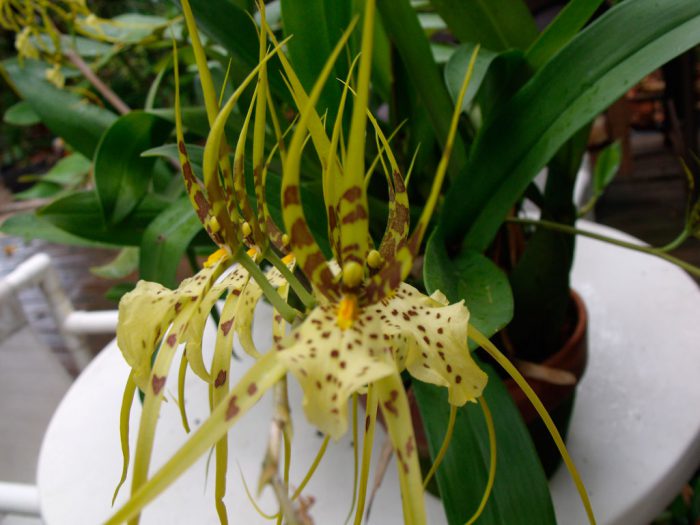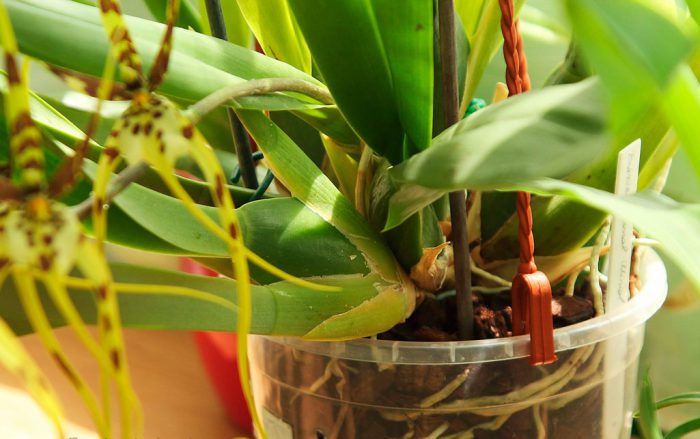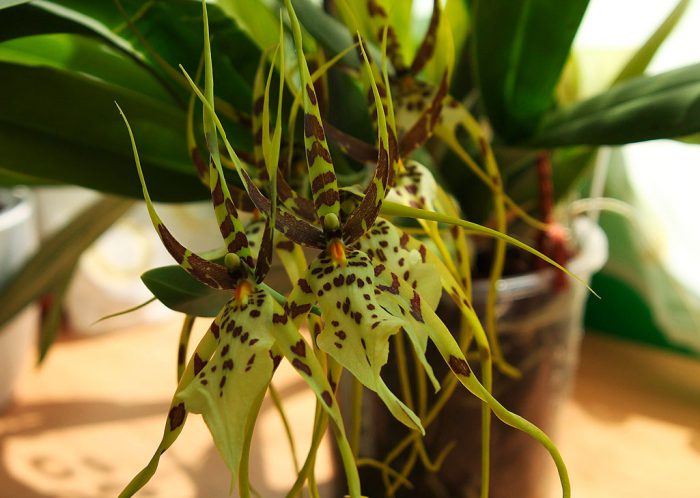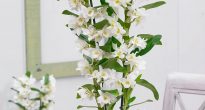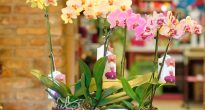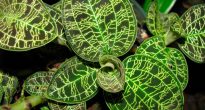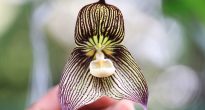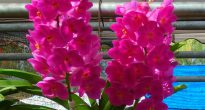A plant like brassia (Brassia) is perennial and belongs to the family orchid... In the wild, this orchid can be found in tropical America, and it prefers to grow in moist forests. There are almost 30 species in this genus, which are very similar to each other.
This orchid differs from others in that it has extremely unusual flowers, because of which it is also called "spider orchid". They are painted yellow in various shades, and on their surface are convex brownish specks. You can also find species with almost brown flowers with green-yellow spots. The sepals are up to 15 centimeters long and have an elongated shape. As a rule, there are from 6 to 8 flowers in an inflorescence, and in some cases even more. Outwardly, this inflorescence is very similar to the centipede insect.
The single-membered pseudobulbs of this flower are thick and most often hidden under the leaves. Lanceolate-shaped, the leaves are fan-shaped. After the end of development, the pseudobulb dies off, and another forms and grows near its base.
This flower has many advantages. So, it is unpretentious, grows well and develops in indoor conditions, and also its flowering lasts all year. Brassia verrucosa is often sold in stores, the fact is that it is the most undemanding to care for. It is so easy to grow such a plant that even an inexperienced florist can handle it.
The flowers of such an orchid are very fragrant, and its aroma is more than specific and similar to the smell of vanilla. A large number of florists consider such a fragrance to be very pleasant, while others do not like it, which is often the subject of disputes between them on flower forums. In flower shops, brassia hybrids are most often offered, which differ not only in appearance, but they also have different aromas.
Content
Spider orchid care at home
Illumination
This plant is very fond of bright light, but it should be diffused. It is recommended to place such an orchid on the windowsills of windows located in the east or west of the room. If the brassia is placed on the south window, then it will need a little shading. In the northern part of the room, it can be placed only in the summer, since in the cold season it will not have enough light, and therefore it will not bloom. Also, in winter, the plant needs additional lighting, because it needs a day of light with a duration of at least 10 hours.
Temperature regime
The flower feels best at a temperature of 23-25 degrees. But at the same time, and at ordinary room temperature, it grows and blooms well. It can even be grown in a fairly cool room (15 degrees). To stimulate flowering, brassia needs a difference between day and night temperatures, and the difference between them should be about 5-6 degrees. Also, experts advise, during the ripening of new bulbs (the beginning of their rounding), reduce the temperature during the day to 17 or 18 degrees, which also helps to stimulate flowering.
It is best to transfer the plant to the balcony during the warm season (from May to September). There he will definitely have enough light, and also this will provide the necessary temperature fluctuation.
Humidity
In the wild, this flower grows in tropical rainforests. Therefore, in order for a plant to feel good in indoor conditions, it needs a very high air humidity (the higher the better). Low humidity in winter can be very damaging to the plant. It is necessary to place brassia during the autumn-winter period, as far as possible from the heating pipes. It is also recommended to spray the plant as often as possible, and a humidifier can also help.
How to water
During the warmer months, it is recommended to water the plant by lowering the flower pot in a bucket filled with water (hold for 20 to 30 minutes). When the pot is pulled out, you must wait until the excess liquid drains. In winter, watering is more rare, but make sure that the pseudobulbs do not shrink.
Florists with experience recommend that you systematically check whether peduncles have formed. After they are found, it is necessary not to water the brassia for 7 days. The soil in the pot should dry out almost completely. If you continue regular watering, then instead of peduncles new bulbs will begin to grow.
Earth mix
For planting, a special soil mixture for orchids is used. You can make it yourself by mixing sphagnum moss, pine bark and high peat for this. It is also recommended to add chunks of charcoal and add more moss.
Transplant features
Brassia does not need regular transplants. This procedure should be carried out only when necessary. So, a plant is transplanted if it no longer fits in a flower pot, and the bulbs hang over the edge. During transplantation, it should be borne in mind that bulbs grow only from a certain side. Therefore, you need to leave more free space on the right side. It is recommended to plant a flower deeper. There should be some free space on top of the pot. The fact is that young bulbs are formed a little higher than the old ones, and you will need to fill up the earth.
Top dressing
It is necessary to fertilize the soil once every 4 weeks in the spring and summer. Use orchid fertilizer for this and follow the instructions attached to it. Top dressing is carried out together with watering or while spraying the leaves. In winter, top dressing is not carried out, especially if the room temperature is low. The flower must be provided with a short rest period.
How to propagate
In the event that the bush has grown too much, then it is carefully divided. In this case, it is taken into account that each division must have at least 3 pseudobulbs, which must be mature.
Pests and diseases
Can settle spider mite... To remove it, you need to arrange a warm shower for the flower (water temperature is about 45 degrees).
Root rot may appear if there is too much water in the soil, and even the room is pretty cool. The foliage turns yellow and withers. Then it dies, and the flower itself dies.


